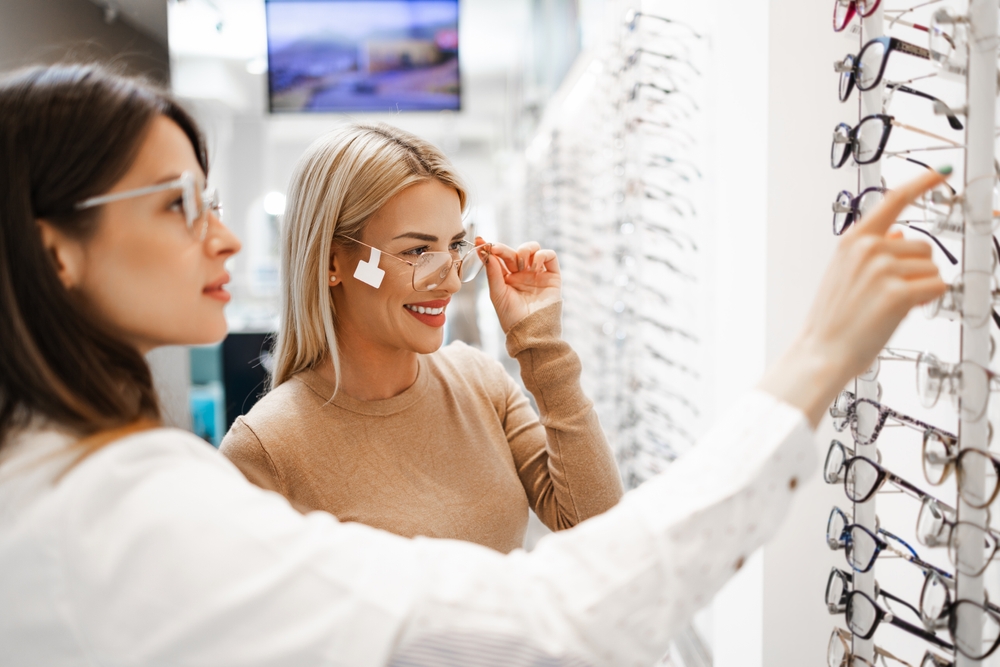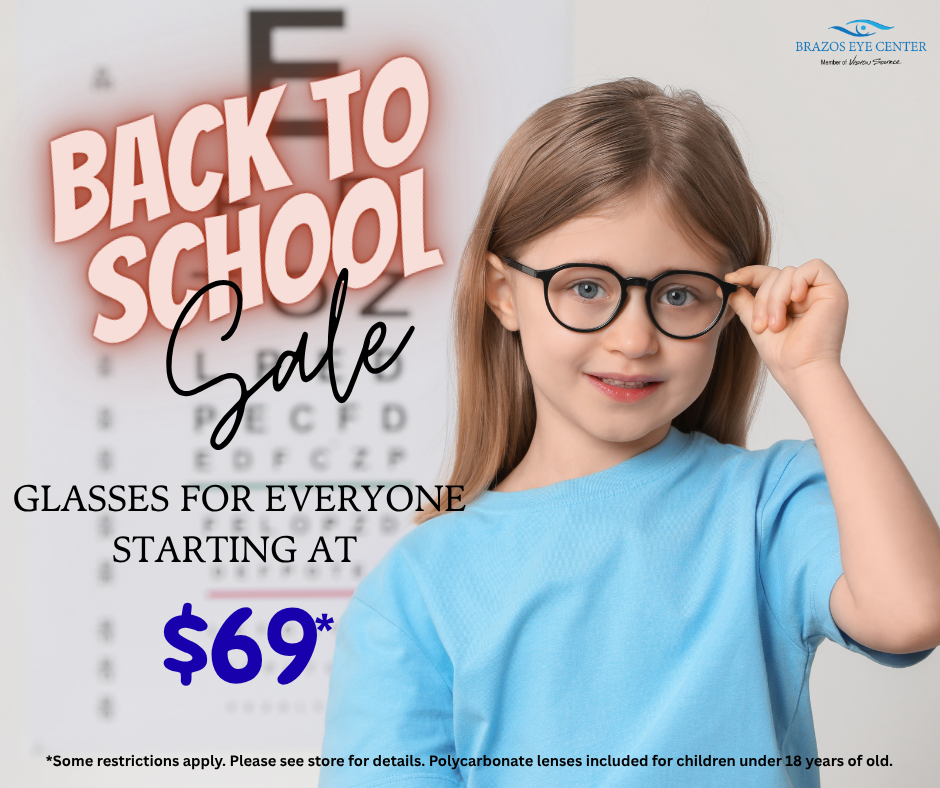Brazos Eye Center Blog
Learn more about optometrist care in our blog!

Digital devices are a part of everyday life - and while they keep us connected, they can also lead to uncomfortable symptoms like eye strain, headaches, neck pain, and blurred vision. At Brazos Eye Center, we’re proud to offer Newton™ (formerly Neurolens®) in Rosenberg, TX.

When choosing a new pair of glasses, most people focus on the lenses - ensuring they meet their prescription and vision needs. While the lenses are undeniably important, the quality of your eyeglass frames plays just as crucial a role. Frames are more than just a style choice; they impact comfort, durability, and even your overall eye health.

Think about your little one in school, having difficulty reading the board or catching a ball. You might wonder if their struggles could be due to vision issues. Many parents have this same worry.

If you’ve worn glasses or contacts for years, you know the routine—the fogged-up lenses, misplaced frames, or the hassle of putting in and taking out contacts every day. While corrective lenses serve their purpose, they don’t always fit seamlessly into an active lifestyle. That’s where LASIK comes in.

When was the last time you scheduled an eye exam? Many people only visit their eye doctor when they notice vision changes, but regular comprehensive eye exams are essential for maintaining not just your eyesight but also your overall health. At Brazos Eye Center, we’re passionate about helping our patients understand why these exams are so crucial and what you can expect during your visit.

Eyeglasses are more than just a functional accessory - they are a reflection of your personal style and can have a significant impact on your overall well-being. The right pair of glasses can not only enhance your vision but also boost your confidence and complement your unique lifestyle.

Myopia is on the rise globally, with studies showing a significant increase in prevalence, especially among children and young adults. This trend is particularly concerning, as high myopia is associated with an increased risk of serious eye health complications, such as retinal detachment, glaucoma, and myopic macular degeneration. These conditions can lead to permanent vision loss if left untreated. One of the most promising solutions is MiSight, a specialized contact lens designed specifically for myopia control.

Cataracts are a common eye condition that can cause blurred vision, difficulty with glare, and eventually lead to vision loss if not treated. Understanding what cataracts are and how they develop is crucial in taking proactive steps to prevent them.

As a society, we have become increasingly reliant on electronic devices, such as smartphones, tablets, and computers, for our daily tasks and entertainment. This increased screen time has raised concerns about the potential impact on our vision, particularly for those with myopia (nearsightedness). Myopia is a common vision condition in which individuals have difficulty seeing distant objects clearly, while close objects appear normal. This condition affects a significant portion of the global population, and its prevalence has been increasing in recent years.

Neurolenses are not your typical eyeglass lenses, as they incorporate a contoured prism into their design. This contoured prism helps to realign the eyes, allowing them to work together more effectively and reducing the strain on the visual system. By addressing the root cause of many common vision problems, Neurolenses can provide lasting relief for symptoms such as eye strain, headaches, and difficulties with focusing.







